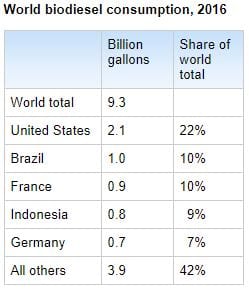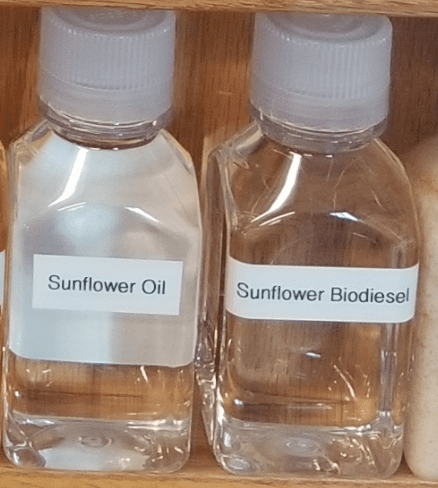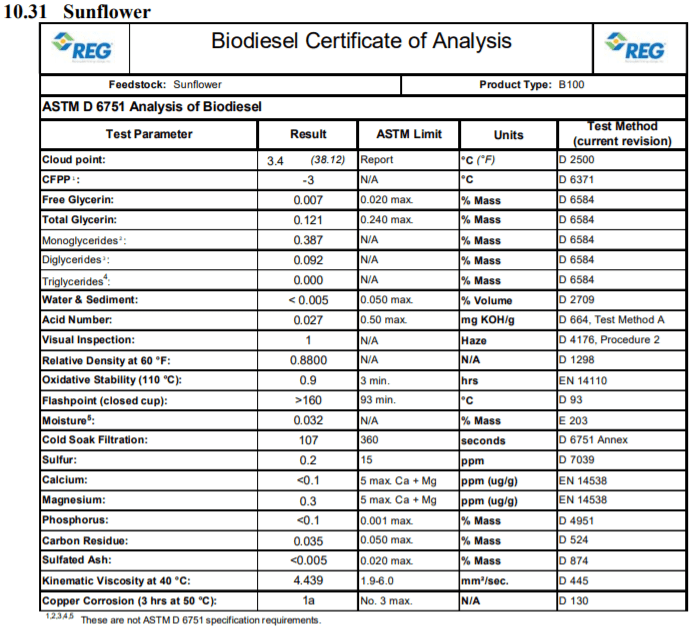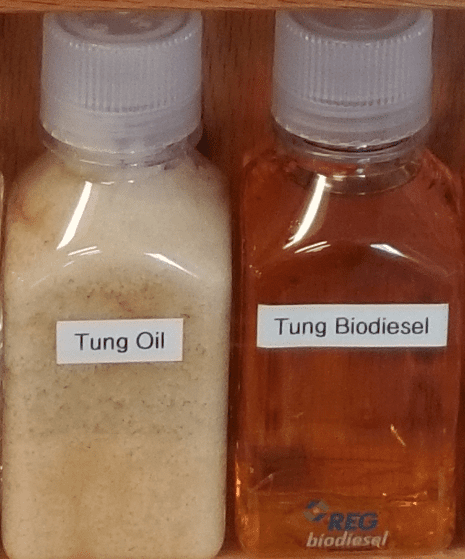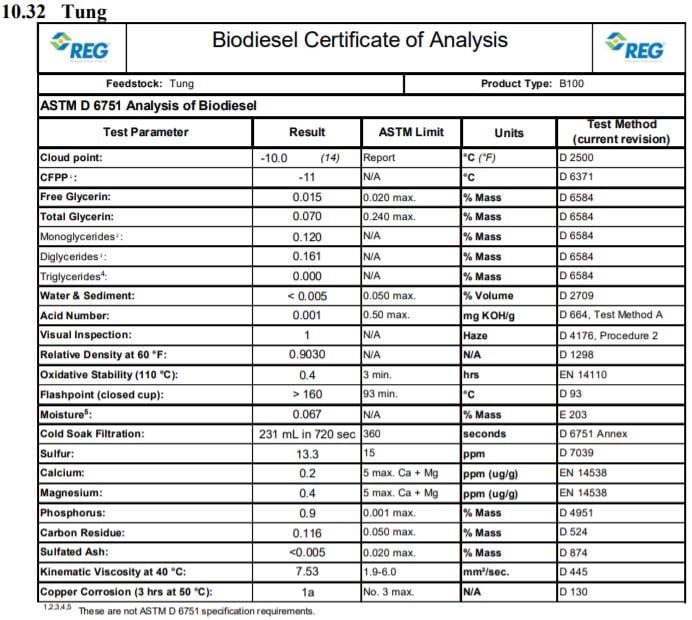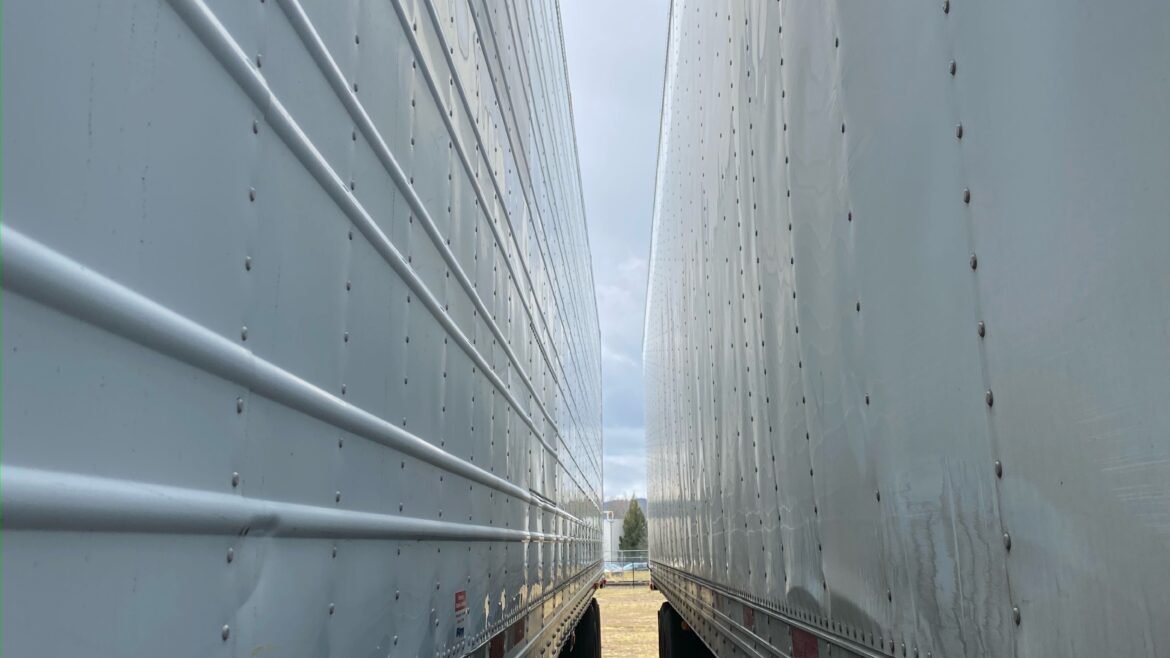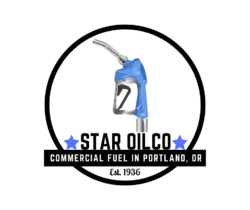What’s in a “Keep it Simple Fuel Audit”
How do you compare different fuel card vendors?
You audit your fuel bill.
We will help you clarify your bill by showing what you pay, what’s in that cost of fuel, and how you can save going forward. We do this by concentrating on one fact: there are only three fees in the total cost of a gallon of gas or diesel.
The three verifiable costs in a gallon of fuel are:
-
The commodity cost of fuel (the wholesale and verifiable fuel cost itself),
-
The fuel taxes charged by the feds, state, and local governments on top of that, and;
-
The margin your fuel vendor puts on top of those two very transparent costs.
Tax time is a good time to revisit your policies and systems.
Let us audit your bill and catch inconsistencies and over charges.
We have a transparent way to analyze your fuel expense that breaks it down in an easily understood format. Our approach will demystify what you’re paying in fuel so you can grab control of your gasoline and diesel bills. Our mission is to ‘Keep it Simple’ and make fuel make sense. There are several types of expenses that get added to your cost of fuel.
At Star Oilco, we ‘Keep it Simple’ when analyzing fuel bills.
Today, two trends can be witnessed in the Pacific Northwest: fuel prices are all over the place, and wages are rising against that trend. This makes managing for a low cost of gasoline or diesel extremely hard given the labor that might be involved in chasing that price.
Add to that the fact that retail gas stations are keeping more margins than ever in retail fuel history. With minimum wages approaching $15 in parts of the Pacific NW, the cost of retail gas stations is rising faster than inflation.
Stand-alone commercial cardlock locations such as Pacific Pride and CFN help you save on your own labor, as well as avoid the higher retail cost. One additional feature is you can audit a commercial cardlock fuel seller against the commercial wholesale rack price. Retail sellers promising discounts are discounting from a posted price that is based solely on what they decide a good price can be. Today, that’s a historically high margin above wholesale cost price.
Dig into your bill for an understanding of what you are paying and what you are paying for. Let us demystify the fees, charges, and hard-to-understand line items of our competitors. It seems that many of our competitors, much like cell phone companies, want to give you a bill that is as complex as possible so it’s difficult for you to understand your cost of fuel.
We can clarify your bill by showing what you pay, what’s in that cost of fuel, and how you can save going forward. Commodity cost of the fuel, fuel taxes and the margin of the vendor make up every fuel bill.
Wholesale Fuel Cost + Taxes + Margin = Total Fuel Cost
These three costs can be audited and confirmed. When we quote a prospective customer, we take their existing fuel bill and break it down into a spreadsheet that is easy to understand thanks to these definable costs. Take your existing fuel bill. Choose a few locations that are most commonly used by your fleet. Usually just the two most-used sites are enough to gauge if savings can be gained by changing vendors. Focus on the cost there, as this simplifies your focus as a representative sample of your fuel expenses.
In a spreadsheet, make easy-to-read tabs for each fuel and location. Then gather the dates fuel was bought at each location. Place the date and the price per gallon paid in their own columns. Now you know your cost. In the next column, enter the wholesale price of fuel to compare. This is going to be pretty close to what your fuel vendor was paying for it on that day give or take a few pennies.
The commodity cost of fuel is established in the market. Though different size players have discounts, these discounts are usually pennies per gallon and aren’t substantial overall. You can request a 30 day free trial of the Oil Price Information Service or “OPIS” for your local wholesale market for fuel. Government bids often use this service as a transparent bid price for fuel. NOTE: If you are buying with a Pacific Pride or CFN fleet card that uses stand-alone 24-7 commercial cardlock sites, the price will be based on OPIS as well. If you want help with this, Star Oilco can provide you with a copy of OPIS.
After that, the next column is the fuel taxes on that fuel. In another column next to the wholesale cost of fuel, you place the local taxes associated with that fueling site. Your state will usually have a “Fuel Tax Group” or some variation of that name where the state’s website will list all state and municipal taxes.
After seeing the wholesale cost and fuel taxes charged, all that remain is the margin. Many fuel sellers will try to complicate this by passing costs through, but at the end of the day, this is still their markup regardless of what they call it. This enables you to really have a discussion on what price you are charged to use their fleet card.
Our next step is to determine the typical margin you are being charged. Take the real price you paid on a day. Your next column on the spreadsheet will be the following formula:
NOTE: Margin Charged is the result that should be in your new column.
(Cell with the ACTUAL PRICE PAID) – (Cell with the WHOLESALE COST) – (Cell with FUEL TAXES) = MARGIN CHARGED
If you line up all the days for MARGIN CHARGED and average those (select a cell at the bottom of the column and type “=AVG” and select the data in the MARGIN CHARGED column), you will find the average margin. Usually this is about the same on every one of the sheets for the type of fuel you are buying. Diesel and gasoline margins are typically different. Retail gas stations, in particular, will treat diesel like a premium product so don’t be surprised if those margins are over $.40 a gallon in some places.
If you want help with this, call us!
We will empower you with the knowledge of what your vendor is charging you and determine if it is a fair price for the service. Beyond that, there should be no other costs. If your vendor has other costs (fees, invoice charges, etc.), we’ll show you what those really cost per gallon so you understand your true cost fuel.
Star Oilco makes this clear and easy to understand. Let us know if we can help.
Contact Form










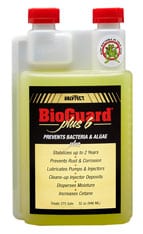
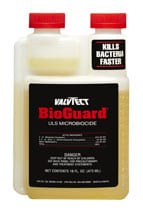


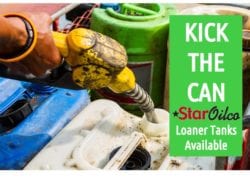
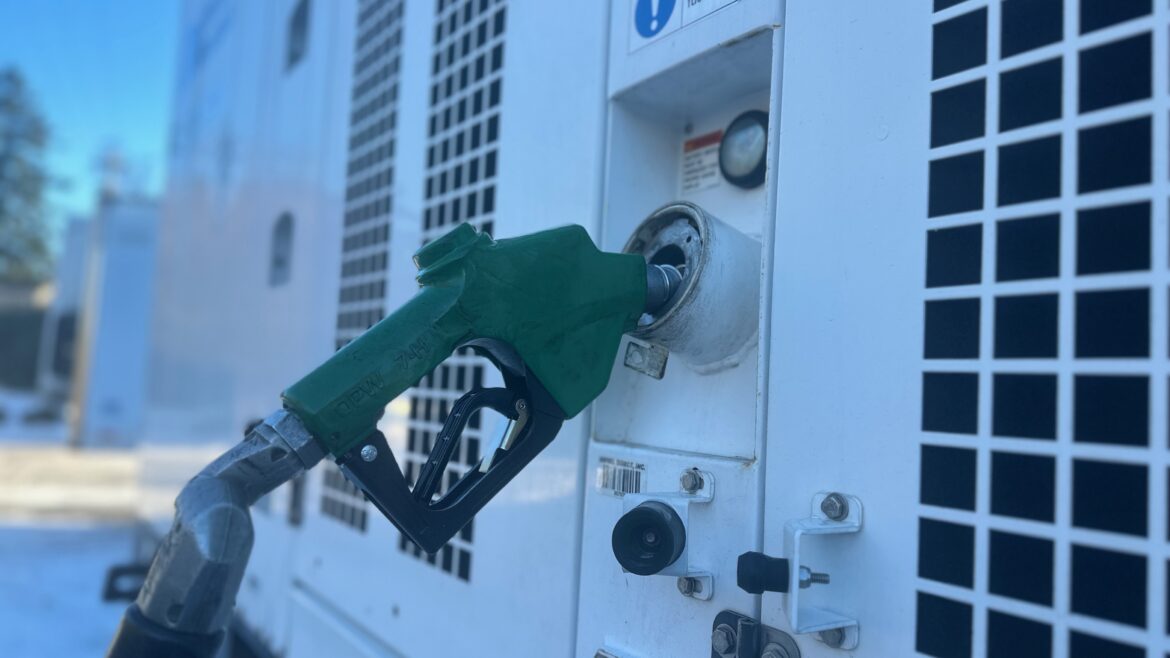

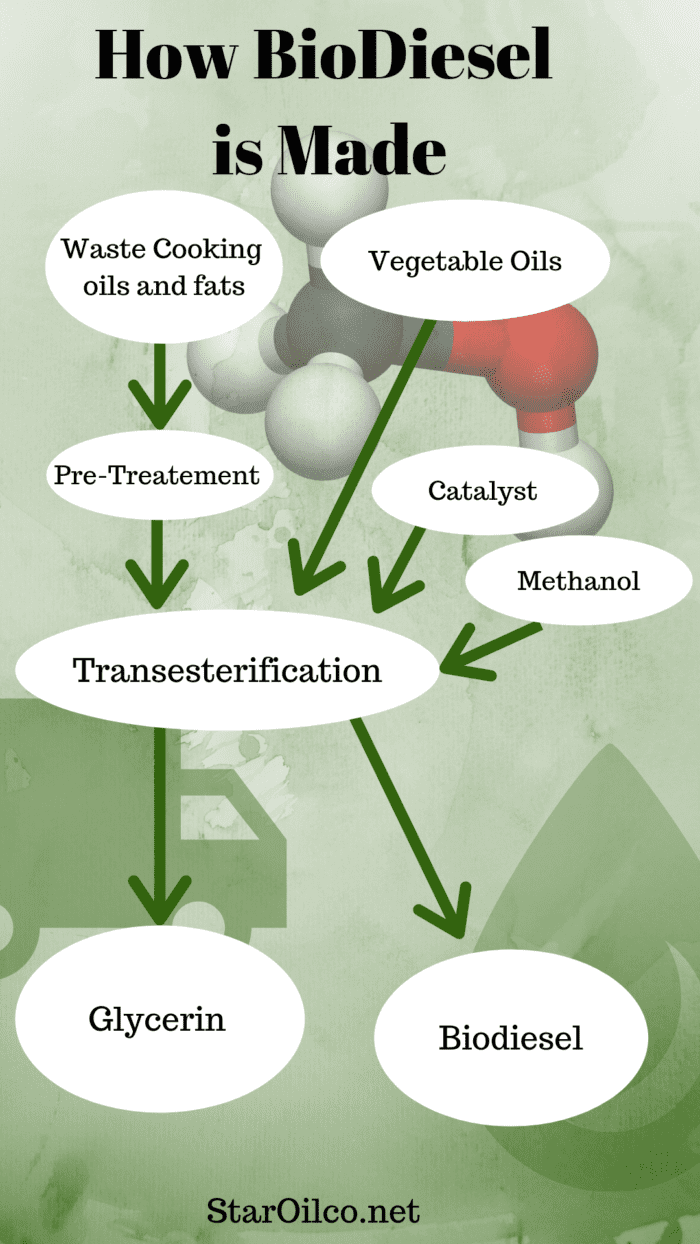

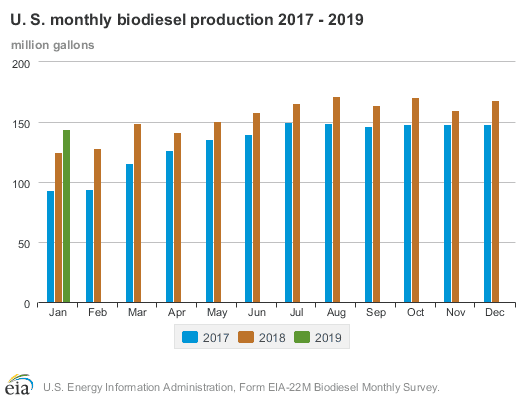
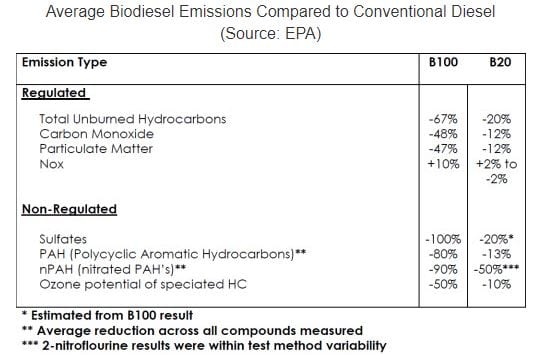 When you use biodiesel, you’re using CO2 that is being captured by the growing plants or the waste. This is current CO2 you aren’t adding to the net sum in the environment.
When you use biodiesel, you’re using CO2 that is being captured by the growing plants or the waste. This is current CO2 you aren’t adding to the net sum in the environment.